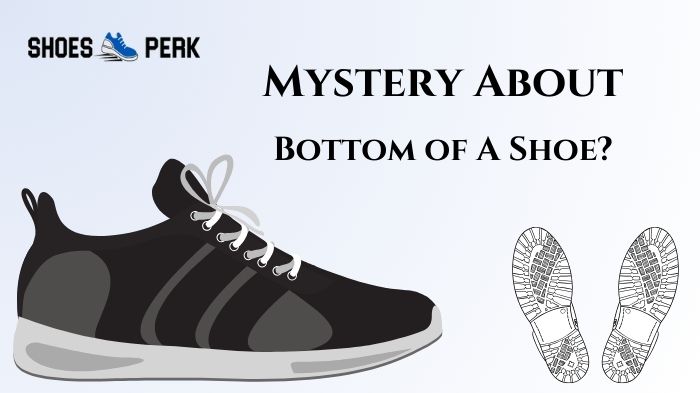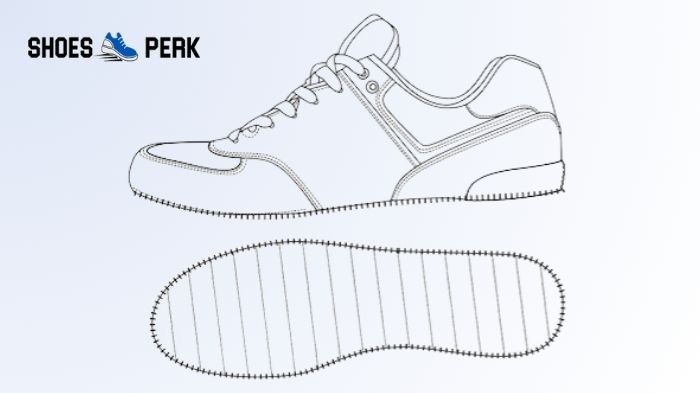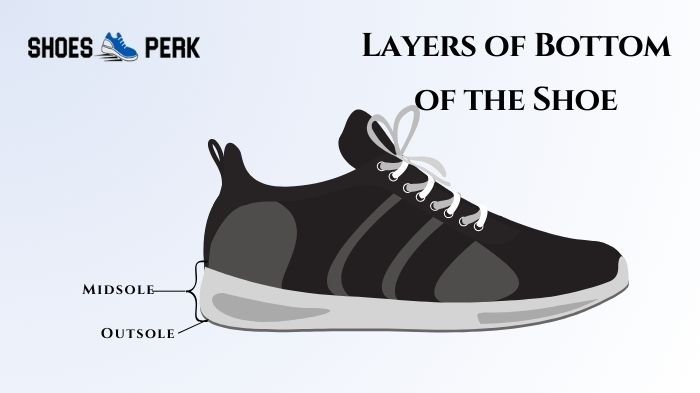The bottom of a shoe is called Sole, but it is far more than it looks. Its complex ecosystem of different components and materials works for comfort, support, and traction.
While the term “sole” normally refers to the whole bottom of a shoe in all shoes. Most manufacturers use the three-layer sole system for those shoes, which is designed for longevity and performance. This technology improves comfort, support, and traction which makes it popular in sports and work boots.
You may also loved to read this hot topic: What Are Reps in Shoes?

What is the Two Outsoles & Three Outsoles?
The words “two outsole” and “three outsole” refer to different pairs of shoe soles. “Two outsole” usually means two separate pieces of outsole material that are used in different parts of the shoe, like the toe and heel, to improve performance. A “three outsole” is usually a three-layer bottom with a separate layer for the toe, midfoot, and heel. This gives better comfort, support, and grip.
Also read the detail shoes anatomy.
Layers of Bottom of the Shoe
1. Strobel
This is the foundation layer that supports all other single components. It is often made of canvas or non-woven fabric and links the upper section of the shoe to the soles. It may not be obvious at first appearance, but it is central to the overall shoe structure.

2. Midsole
The midsole is located right above the strobel. It is the primary cushioning component. It is often comprised of soft, shock-absorbing materials such as EVA foam or polyurethane, which provide comfort while decreasing impact on your feet.
3. Outsole
The outside layer has a direct touch with the ground and is the champion of traction and durability. Outsoles are often constructed of more durable materials like rubber or TPU, which provide grip and protection against wear and tear.
Outsoles play important role in shoe duribility, for this check shoes expiry date.

Different Parts of the Soles
While the term “sole” refers to the complete bottom, there is a hidden world of specialized terminology for its parts.
- Outsoles
- Midsole
- Insole
- Heel Counter
- Heel
- Forefoot Pad
- Shank
- Flex Grooves
- Treads
The sole of a shoe has several key components that work together. Outsoles are the durable bottom layers that protect and grip your foot, they are typically made of rubber or foam.
Midsoles cushion shock and are located between the insole and the outsole, and Insoles are soft materials such as foam or cork that support and soothe your foot.
Heel counters provide support in the back of the shoe. Heels raise your heel and assist disperse weight.
Forefoot pads provide comfort while walking or jogging, and shanks give stability and support to the arch.
Flex grooves in the outsole promote natural movement, while treads increase traction on a variety of surfaces.
Read how shoes play their role in your physical appearance like; knees, hip or toenails.
Sole’s Composition Material
Some materials have a strong impact on the overall shoe performance and life. The most commonly used materials are;
- Rubber: Rubber is a flexible material with high durability. It provides grip and weather resistance that make it useful.
- EVA Foam: This is a lightweight and shock-absorbing material used in sneakers. It is mostly used in running and sports shoes due to its cushioning capabilities.
- Leather: This is the most elegant and durable material. And mostly people love to buy it but leather may not work well on some surfaces or it might be less grippy.
- Polyurethane (PU): PU shoe soles are comfortable and durable. Its cushioned and supporting design promotes natural foot mobility.
- Thermoplastic Polyurethane (TPU): TPU’s hardness and grip make it popular in high-performance shoes and boots.
- Nylon: This is a lightweight and flexible material. Nylon is mostly used in casual shoes and sandals to provide breathability and comfort.
- Cork: This is a natural material that provides lightweight cushioning, shock absorption, and natural antibacterial features that make it a popular choice for dress shoes and sandals.
Manufacturers also combine multiple materials to make soles perfect for results to increase durability, traction, or flexibility.
Bottom Lines
The bottom of the shoes or soles affects the shoe’s overall performance. So select your shoes wisely. Must research well before buying it. You can get help from the web or also visit a physical shop. Read the proper shoe description and its material.
